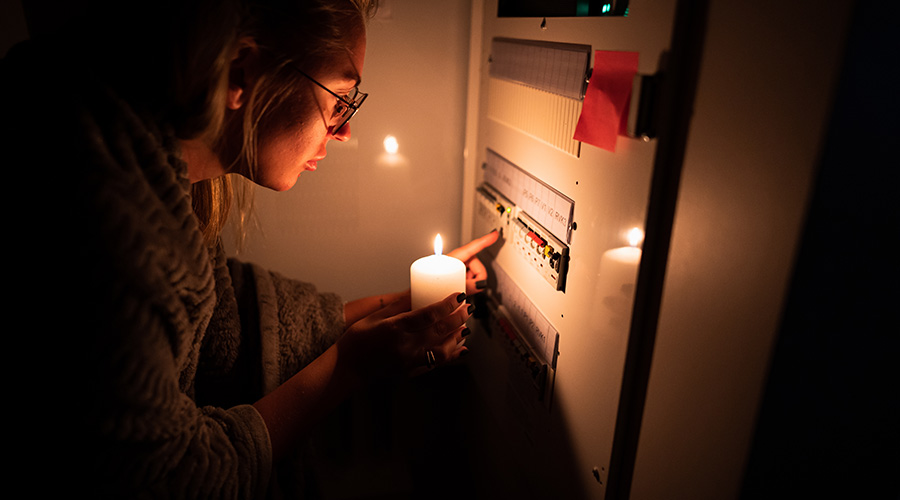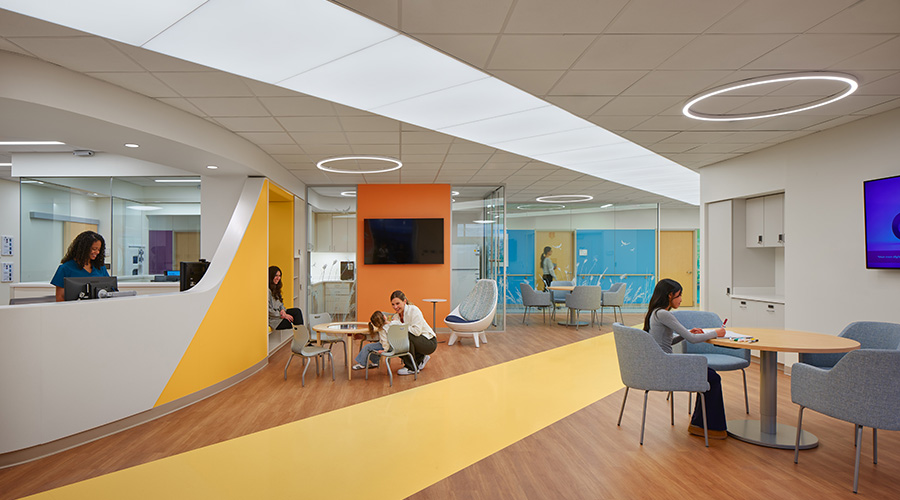Q: My fire alarm installer tells me that NFPA 72 does not require strobe synchronization of two (only two) devices. the sync is required if there are more than two. I read NFPA 72 2010 18.4.3.2 (4) and it is not clear if he is correct. Can you comment on it, please?
A: The installer is technically correct in that, since 1996, all manufacturers’ strobe flash rates were lowered so that viewing two non-synched devices would not produce an overall flash rate considered to be dangerous. As far as code requirements, the NFPA requirement for strobe synchronization is actually found in Chapter 18.5.4.3.2 (for rooms) and 18.5.4.4.5 & 7 (corridors). If this question is being asked for a room, then the intent is to achieve a minimum light output. If achieving that output requires ‘…more than 2 visual appliances…’, then they must be synched. In a corridor, “when more than 2 visible notification devices are in any field of view, they shall flash in synchronization.” So technically, if just two strobes are in the overall field of view (including non-direct viewing), they don’t need to be synched to meet NFPA 72 requirements.
That’s in a vacuum. However, in the real world, these devices are generally on circuits that have additional visual devices that serve other areas where more than two devices are in the direct or non-direct field of view, or the circuit may need be expanded in the future where synchronization is required. Another important real world consideration is the expectation of the facility’s reviewing AHJ (CMS, State Agency, Joint Commission, etc.). Unless the strobes were installed prior to 1999, the expectation of every AHJ I’ve dealt with since that time is that every strobe in line of sight will be synched. If in response to a citation, the chief engineer of a healthcare facility wants to pull out the code book and cite specific code application of strobe synchronization to their reviewer, he may eventually win that battle (or not), but in doing so he may be opening the door to a more ‘letter of the code’ enforcement regarding other areas of concern.
NOTE: Gene Rowe from Affiliated Fire Systems provided the answer to this question.
Brad Keyes, CHSP, is the owner of KEYES Life Safety Compliance, and his expertise is in the management of the Life Safety Program, including the Environment of Care and Emergency Management programs.

 Contaminants Under Foot: A Closer Look at Patient Room Floors
Contaminants Under Foot: A Closer Look at Patient Room Floors Power Outages Largely Driven by Extreme Weather Events
Power Outages Largely Driven by Extreme Weather Events Nemours Children's Health Opens New Moseley Foundation Institute Hospital
Nemours Children's Health Opens New Moseley Foundation Institute Hospital Code Compliance Isn't Enough for Healthcare Resilience
Code Compliance Isn't Enough for Healthcare Resilience Ribbon Cutting Marks First Phase Completion for New Montefiore Einstein Facility
Ribbon Cutting Marks First Phase Completion for New Montefiore Einstein Facility